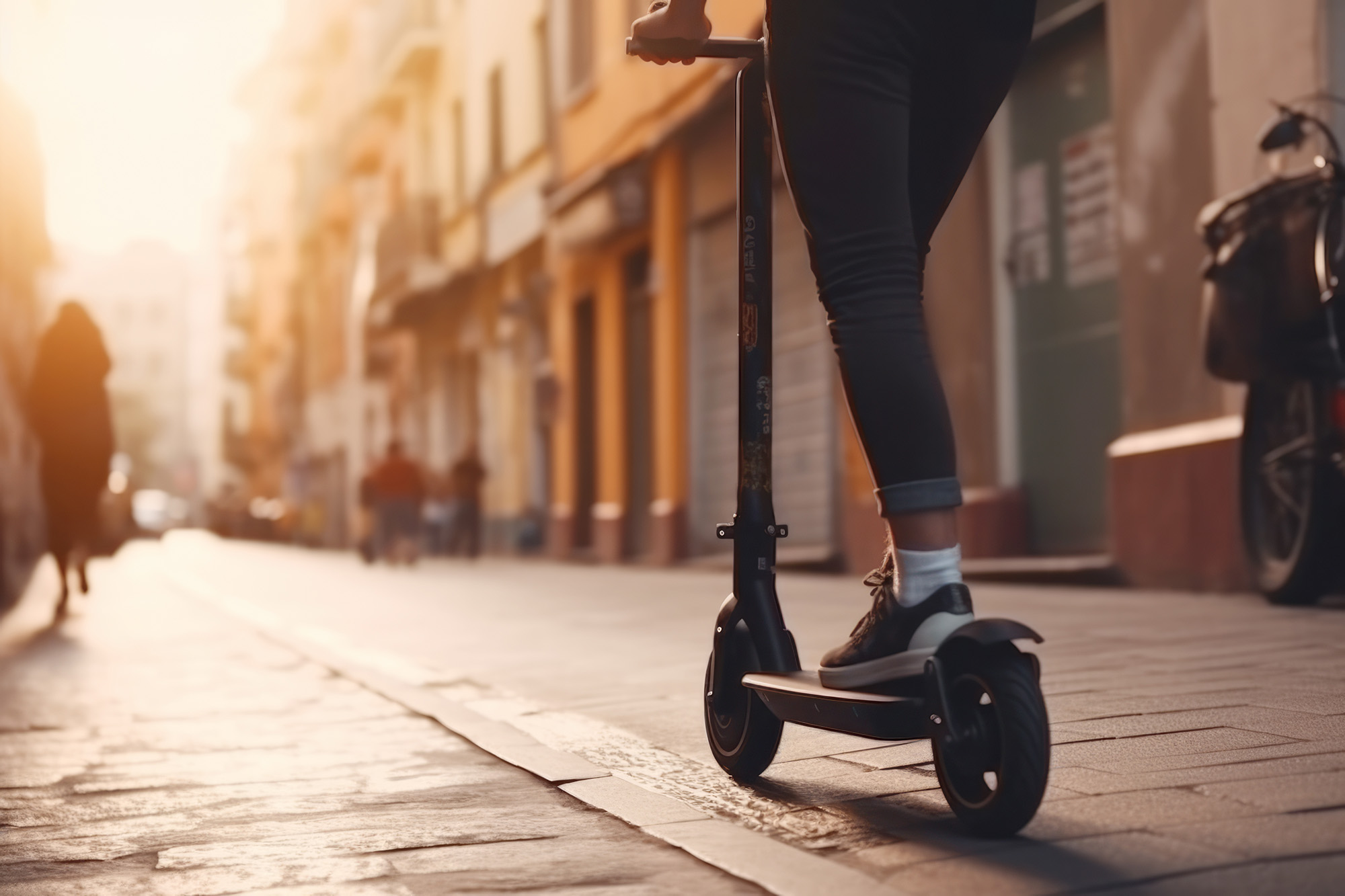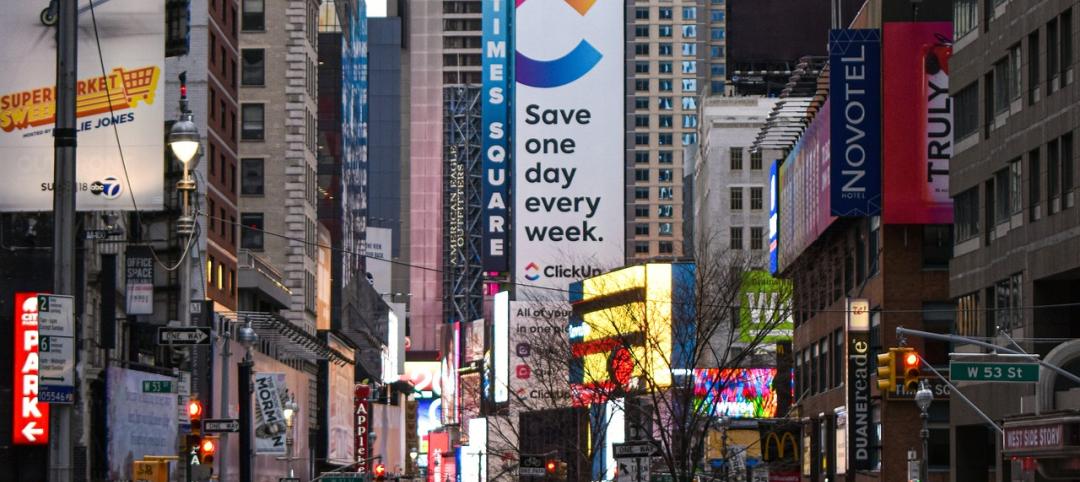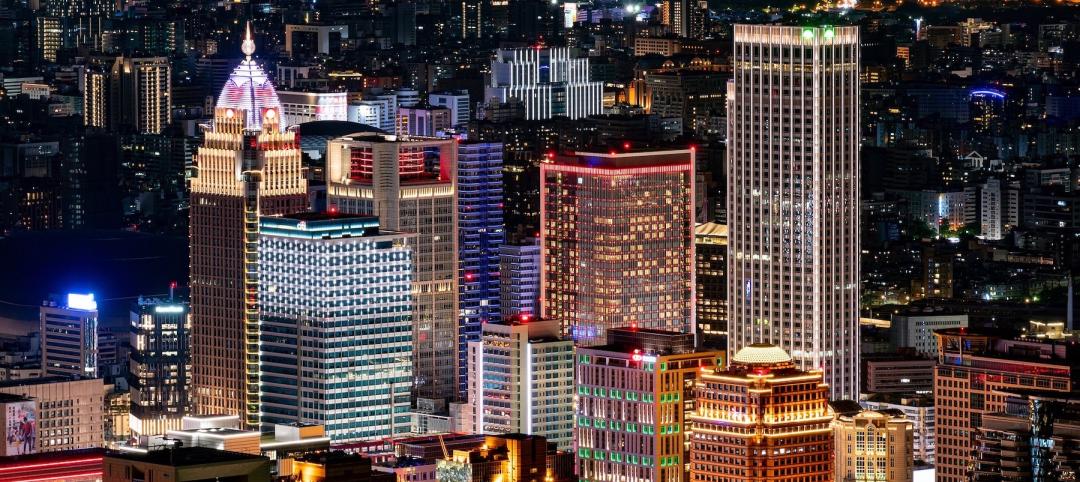In the heart of the Finger Lakes region sits the ambitious city of Ithaca, N.Y. Known for its diverse wildlife and natural beauty, Ithaca has turned heads with the start of its latest venture: Fully decarbonize and electrify the city by 2030.
In the summer of 2019, the City of Ithaca Common Council signed the Ithaca Green New Deal resolution—a unanimous decision for government-led decarbonization. The goals of the resolution include adopting 100% renewable energy by 2025, reducing vehicle emissions by 50 percent, and achieving community-wide carbon neutrality by 2030.
The undertaking that Ithaca has divulged begins with the electrification of 1,000 residential and 600 commercial buildings across the city. The end goal? Convert all 6,000 of Ithaca’s buildings into 100% electric ones. As the first city in the U.S. to propose doing so, what’s the catch? How can a small city accomplish such a feat?
What Makes an Electric City
“[Ventures like Ithaca’s] are clearly a doable scenario when industry and government align,” says Bill Klehm, chairman and CEO of eBliss, an eMobility transportation production company. With two decades of experience in the automotive industry, Klehm believes city-wide electrification efforts are achievable when the government responds to consumer demands.
Take the dawn of the automotive industry, for example. Cars were built before they had the infrastructure to properly support them. Consumers led the demand for vehicles—the government followed with roads. Where’s the tipping point for the switch to all-electric?
Fortunately, Ithaca’s mission is captivating enough for both public and private partnerships to arise. The almost-all-electric city has found enormous support from BlocPower, a green homebuilding technology company, and garnered investments from Alturus, Microsoft, and Goldman Sachs. Since 2019, Ithaca has created partnerships with over 200 local, national, and international organizations.
However, peering through the rose-tinted glasses, one must ask: Do we even have the capability to support this? According to Klehm, there are several challenges in store for Ithaca and other cities looking towards the electric future.
- Electric vehicle (EV) charging infrastructure will have to be significantly increased. Cars are one challenge—what about eBikes, public transportation, and delivery vehicles?
- Project leaders will need a detailed understanding of the city’s current traffic flow. This will determine which streets should be consolidated in favor of foot—or eBike—traffic, and which should remain for cars.
- There will need to be more availability of options for people moving around: Planned communities, mixed-use areas, urban condensing.
The rest includes a societal mindset shift—though it seems Ithaca fortunately has a leg up with its own community. Many in the U.S. are still skeptical of going all-electric, whether from the threat of increased taxation or feeling a loss of personal freedom. It will take disruptors like Ithaca to push against the norm, and see if others will follow its lead.
The ‘Democratization of Mobility’
Though Ithaca may be the first U.S. city to become 100% electric, it's not the first to push the limits. A Tempe, Ariz., neighborhood touts itself as the “first car-free neighborhood built from scratch in the U.S.”
Culdesac, a real estate developer and property manager, is building a mixed-use community that prioritizes—no, requires—biking, walking, and public transit. As a “first of its kind” community, Culdesac Tempe incorporates car-free streets (though still designed to accommodate EMS response) and a myriad of public amenities.
This living structure is reminiscent of the controversial “15-minute city,” a concept that instills excitement in some and fear in others. For the former, communities like Culdesac Tempe represent an idyllic lifestyle. In fact, adults who live in walkable neighborhoods are more likely to interact with their neighbors and have a stronger sense of community than people who live in car-dependent communities, according to a report by the Herbert Wertheim School of Public Health and Human Longevity Science at University of California San Diego.
This walkable urbanization typically attracts retired empty-nesters, work-from-home professionals, and the younger generation. This Gen Z demographic may become the biggest drivers for what Klehm calls “the democratization of mobility.”
“An eBike or scooter is usually the first vehicle a kid will ever drive,” says Klehm. “Young people will be the drivers of electric use—they’re used to it.”
As Millennial and Gen Z come further into positions of power, will efforts like Culdesac and Ithaca become commonplace, or will the fight to electrify persist?
Related Stories
Urban Planning | Apr 12, 2024
Popular Denver e-bike voucher program aids carbon reduction goals
Denver’s e-bike voucher program that helps citizens pay for e-bikes, a component of the city’s carbon reduction plan, has proven extremely popular with residents. Earlier this year, Denver’s effort to get residents to swap some motor vehicle trips for bike trips ran out of vouchers in less than 10 minutes after the program opened to online applications.
Urban Planning | Apr 12, 2024
New York City’s safest year for pedestrians due to concerted effort of street redesign, speed restrictions
In 2023, New York City recorded its safest year for pedestrians since record-keeping began in 1910. In a city of 8.5 million people, 101 deaths were due to vehicles striking pedestrians, less than one-third the number of the early 1990s. New York City ramped up its efforts to make walking and biking safer in 2014 when the city reduced its speed limit to 25 miles per hour.
Codes and Standards | Apr 8, 2024
Boston’s plans to hold back rising seawater stall amid real estate slowdown
Boston has placed significant aspects of its plan to protect the city from rising sea levels on the actions of private developers. Amid a post-Covid commercial development slump, though, efforts to build protective infrastructure have stalled.
Mixed-Use | Apr 4, 2024
Sustainable mixed-use districts: Crafting urban communities
As a part of the revitalization of a Seattle neighborhood, Graphite Design Group designed a sustainable mixed-use community that exemplifies resource conversation, transportation synergies, and long-term flexibility.
Codes and Standards | Mar 18, 2024
New urban stormwater policies treat rainwater as a resource
U.S. cities are revamping how they handle stormwater to reduce flooding and capture rainfall and recharge aquifers. New policies reflect a change in mindset from treating stormwater as a nuisance to be quickly diverted away to capturing it as a resource.
Urban Planning | Mar 17, 2024
A new report surveys city dwellers about urban living
Architects are rethinking the city of the future in terms of relieving resident challenges.
MFPRO+ Special Reports | Feb 22, 2024
Crystal Lagoons: A deep dive into real estate's most extreme guest amenity
These year-round, manmade, crystal clear blue lagoons offer a groundbreaking technology with immense potential to redefine the concept of water amenities. However, navigating regulatory challenges and ensuring long-term sustainability are crucial to success with Crystal Lagoons.
Urban Planning | Feb 5, 2024
Lessons learned from 70 years of building cities
As Sasaki looks back on 70 years of practice, we’re also looking to the future of cities. While we can’t predict what will be, we do know the needs of cities are as diverse as their scale, climate, economy, governance, and culture.
Healthcare Facilities | Jan 7, 2024
Two new projects could be economic catalysts for a central New Jersey city
A Cancer Center and Innovation district are under construction and expected to start opening in 2025 in New Brunswick.
Sustainability | Jan 2, 2024
Los Angeles has plan to improve stormwater capture and source 80% of water locally
Los Angeles County’s Board of Supervisors voted for a plan to improve stormwater capture with a goal of capturing it for local reuse. The plan aims to increase the local water supply by 580,000 acre-feet per year by 2045.

















